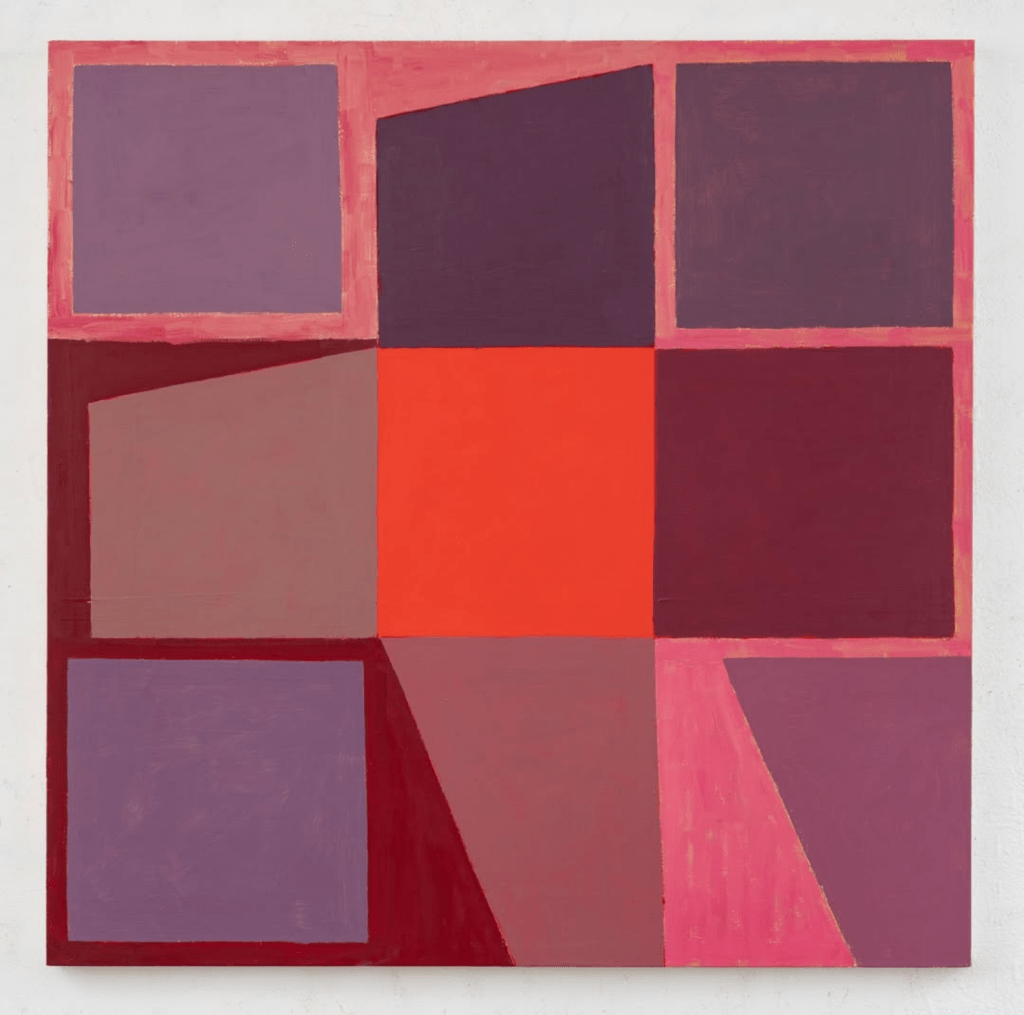
Contributed by Adam Simon / Two galleries with a focus on abstract painting, a short walk from each other in downtown Manhattan, currently have exhibitions that share a vocabulary of basic geometric forms, directional brushwork, and an emphasis on color relationships. Both shows present the rectangle as a primary condition of most painting and the dynamic interplay of forms within the rectangle as a drama unfolding. Yet these two shows couldn’t be more different. Seeing one after the other, as I did, was a study of how affect itself, manifested through color choices and paint application, becomes a subject for abstract painting, analogous to but different from a subject for representational painting.
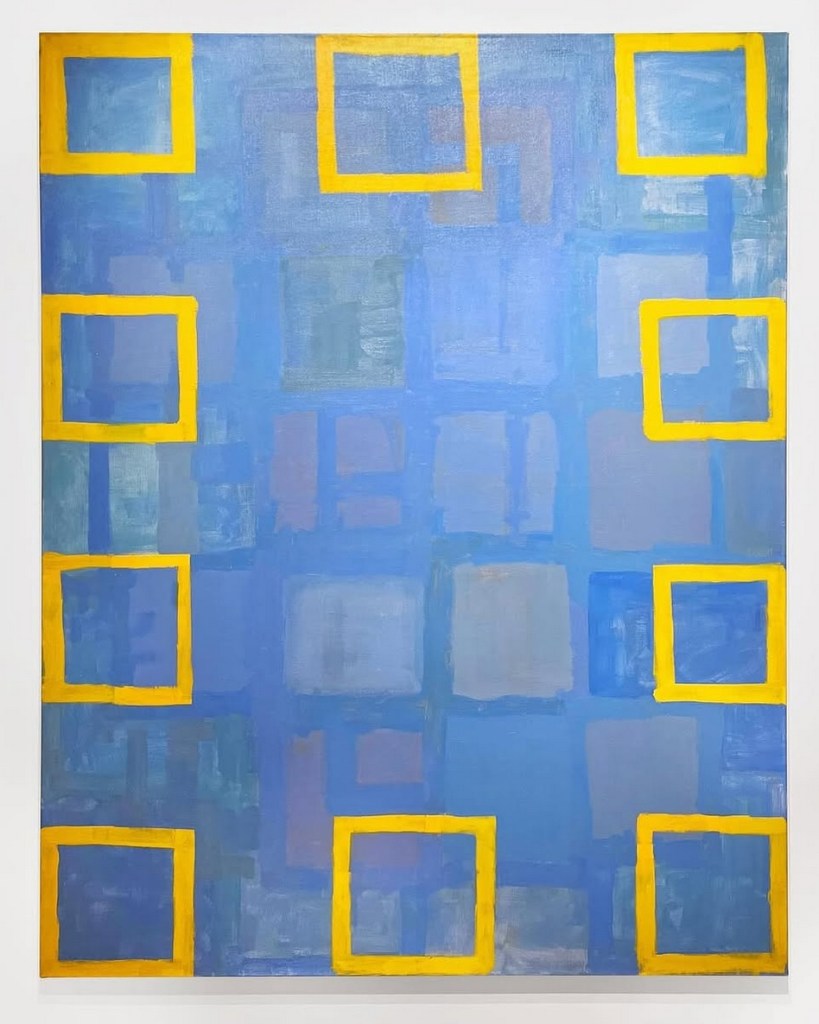
Helm Contemporary’s show is “Bausteine” by Bettina Blohm, a German painter who divides her time between New York and Berlin. The word means building blocks in German and can be read as a reference to both the rectilinear forms that dominate her paintings (only one includes a diagonal) and the slow process of accumulation that might occupy a child at play or a manual laborer. Blohm’s paintings are notably resistant to digital representation. Online images convey an offhand playfulness but none of the rigor and insistence evident in the gallery. Fully experiencing this work requires attention to the way countless brushstrokes reaffirm the picture plane and the horizontal and vertical axes of the rectangle. The sense of repetition and slow accumulation of tonal nuance infuse the image and transform it into something archaeological, a record of experience. The slippage between the seen and the felt is a hallmark of what we call “painterliness.” At its worst, this quality can be nothing more than a style, a cheap register of assumed emotion or authenticity, but in Blohm’s case it is poised against the restraint of the repeated minimal gesture and tied to the axes of the support, generating tension between looseness and structure, mind and body, expansion and containment.
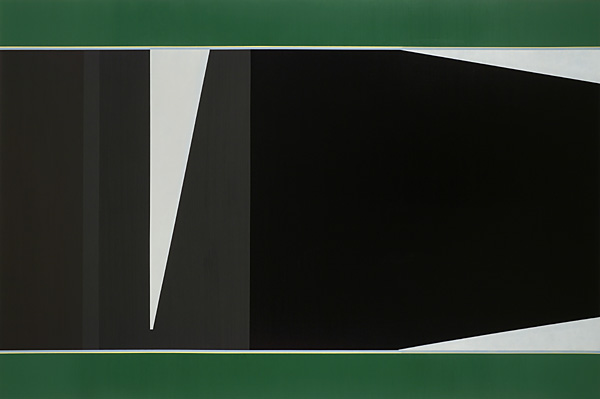
A few blocks east at McKenzie Fine Art is Don Voisine’s “enact/re(d)act.”Voisine is well-known in New York and has had a solo show at McKenzie every other year since 2007. The regularity of his exhibitions record feels consistent with his approach to painting. I think of him almost as a visual linguist, delighting in the possibilities of syntax, sentence structure, and vocabulary within the visual domain of geometric form. In the press release, he explains that the title of the exhibition “describes how I work: I make a mark or a shape (enact); respond to it (react); change or simplify it (redact.).” Like a latter-day precisionist, he evokes architecture and industrial materials. He is a master of subtle shifts and minute decisions – how, say, one blue activates the space in a painting differently from another blue that appears the same but isn’t.
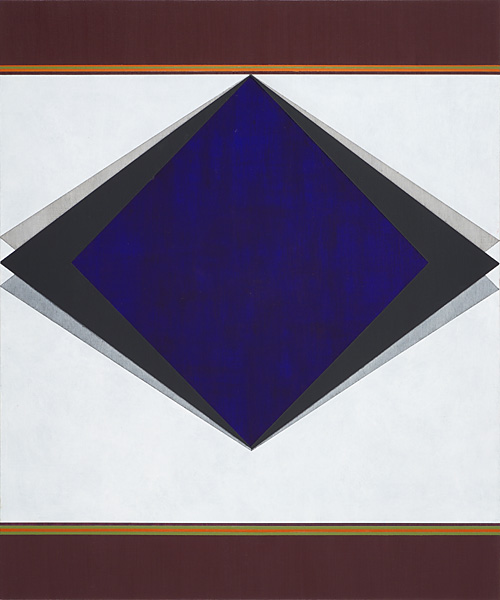
Voisine’s show is full of visual sleights-of-hand. A thin band of color appears as a shadow of the form beside it, or as the perpendicular edge of a form, creating an illusion of three dimensions. The off register of repeated parallelograms makes an image seem to hover like a hummingbird. The play between illusionism and flatness is key to his paintings; one never subsumes the other, and their cohabitation produces a state of uncertainty that belies the work’s apparent solidity. A signature motif, used in all but one of the paintings, consists of substantial horizontal bands along the top and bottom edges. Their sameness of color in each painting tempts interpreting them as background, but the bands refuse to sit back. Sometimes the color is muted, other times in harsh contrast to the rest of the painting. The device can be evocative – it brings to mind film strips or banners, for instance – but at times I found that it distracted from the sheer pleasure of examining the interaction of the forms it framed.
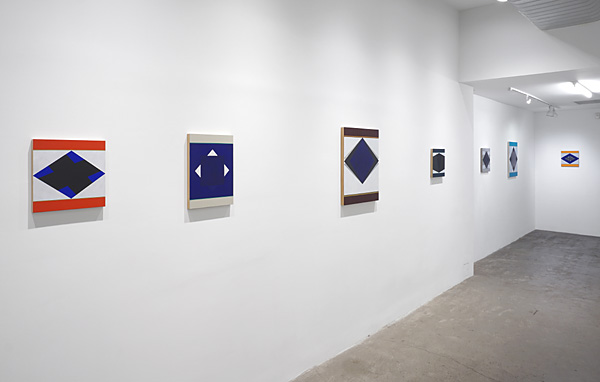
Comparing these two exhibitions without falling into gendered comparisons of hard and soft, etc. is an interesting challenge. They seem kindred only insofar as they are both examples of abstract painting. In their visual impact they are extremely different. It might be useful to think of them as competing teleologies that ultimately are not so far apart. Blohm’s approach embraces process. How a painting evolves and the sense of the artist interacting with the materials are part of the viewer’s experience. The work doesn’t exist separately from the person who made it. One is aware of a level of experience that feels performative. The painting embodies the artist as an actor embodies a role.
Perhaps these considerations also apply to Voisine’s work, only in a more understated way. But at least in terms of affect, his work appears more objective. He’s a linguist, not an actor. His forms have the resoluteness associated with areas of solid color. There are no tonal shifts within a form, although contiguous forms at times appear to represent light and shade. He seems as much an observer as the one making it all happen. For the viewer, the pleasure on offer is like that of noticing something out in the world, the way, for example, sunlight and shadow alter one’s sense of structure. In the end, both artists are alchemists and explorers in the world of form that is abstract painting, amazed by the possibilities.
“Bettina Blohm: Bausteine,” Helm Contemporary, 132 Bowery, 3rd Floor, New York, NY. Through June 28, 2025.
“Don Voisine: enact/re(d)act,” McKenzie Fine Art Inc., 55 Orchard Street, New York, NY. Through June 29, 2025.
About the author: Adam Simon is a New York artist and writer. His most recent solo painting show was at OSMOS in 2024.

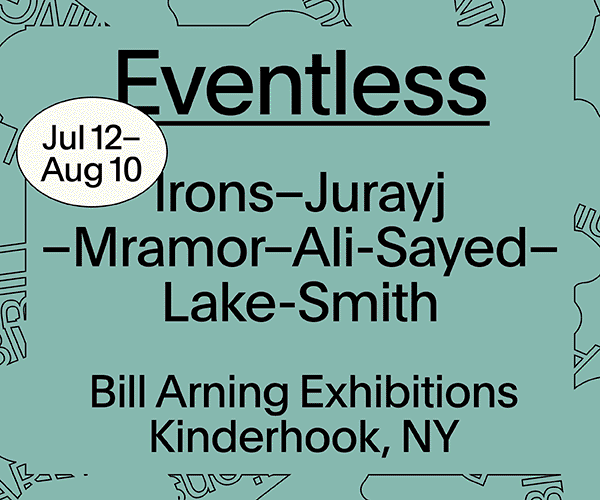
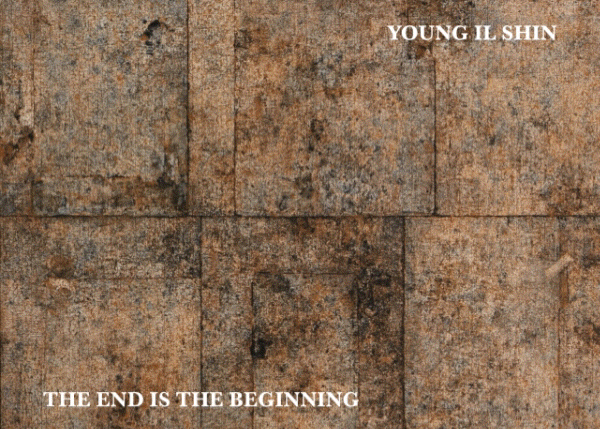
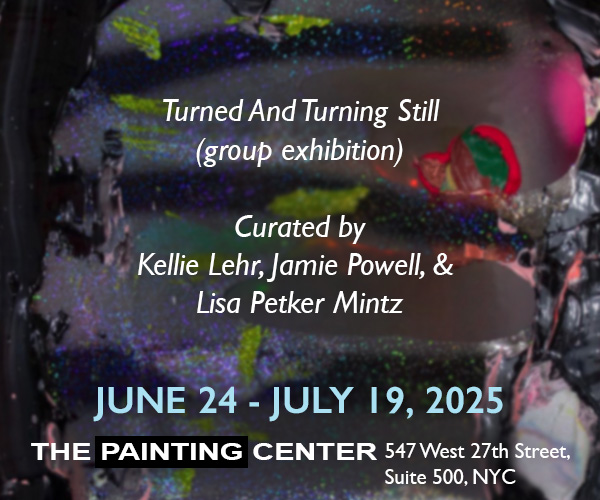
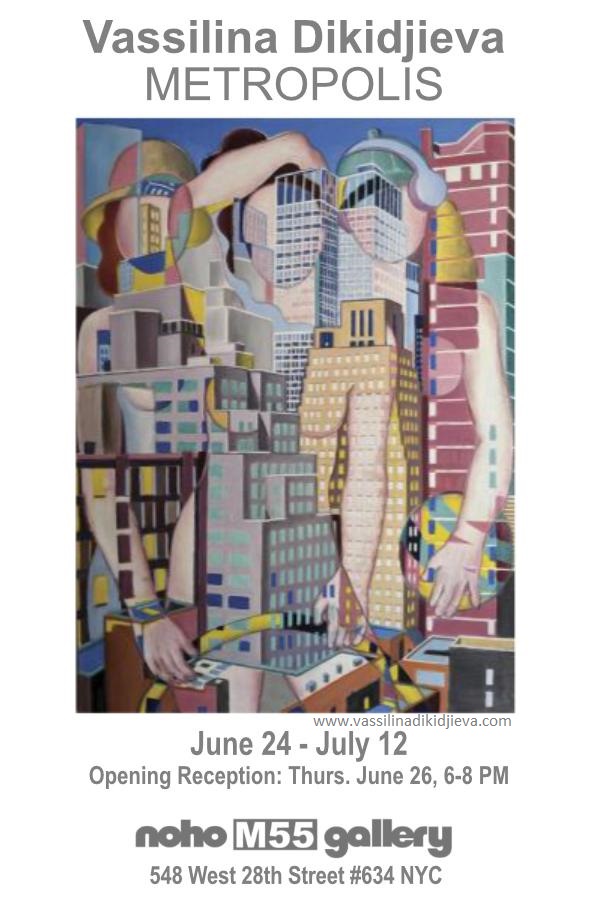
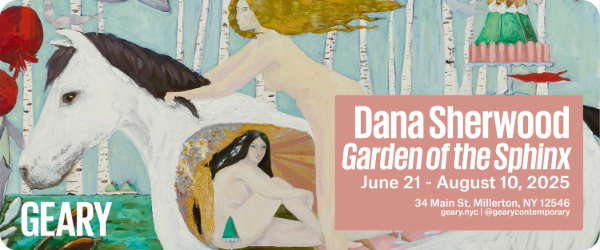










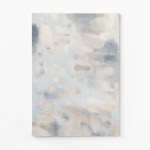
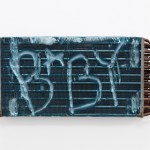
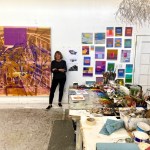
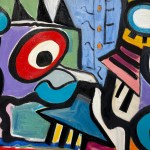
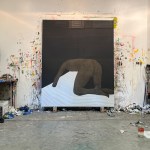
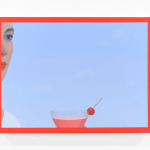
Interesting comparison of these two painters and a reminder of just how much diversity and contrasting effects can be made within geometric abstraction – the never ending possibilities of painting.
Thank you for writing this commentary. I enjoyed thinking about the visual possibilities of painting. Each creates a depth by different means. The process and approach to abstraction is different, they share a limited palette approach but use color to create depth in a very different way.